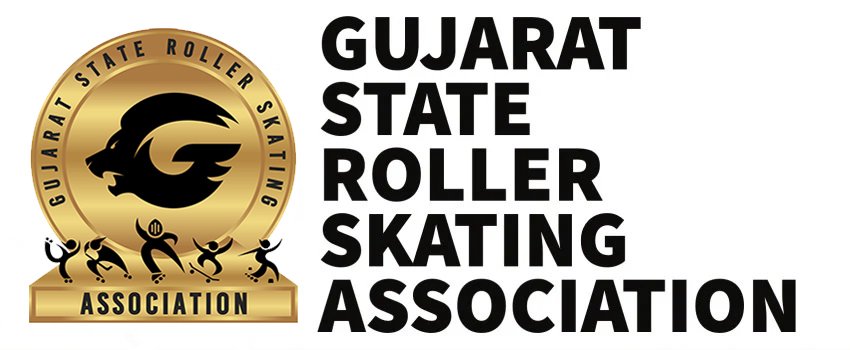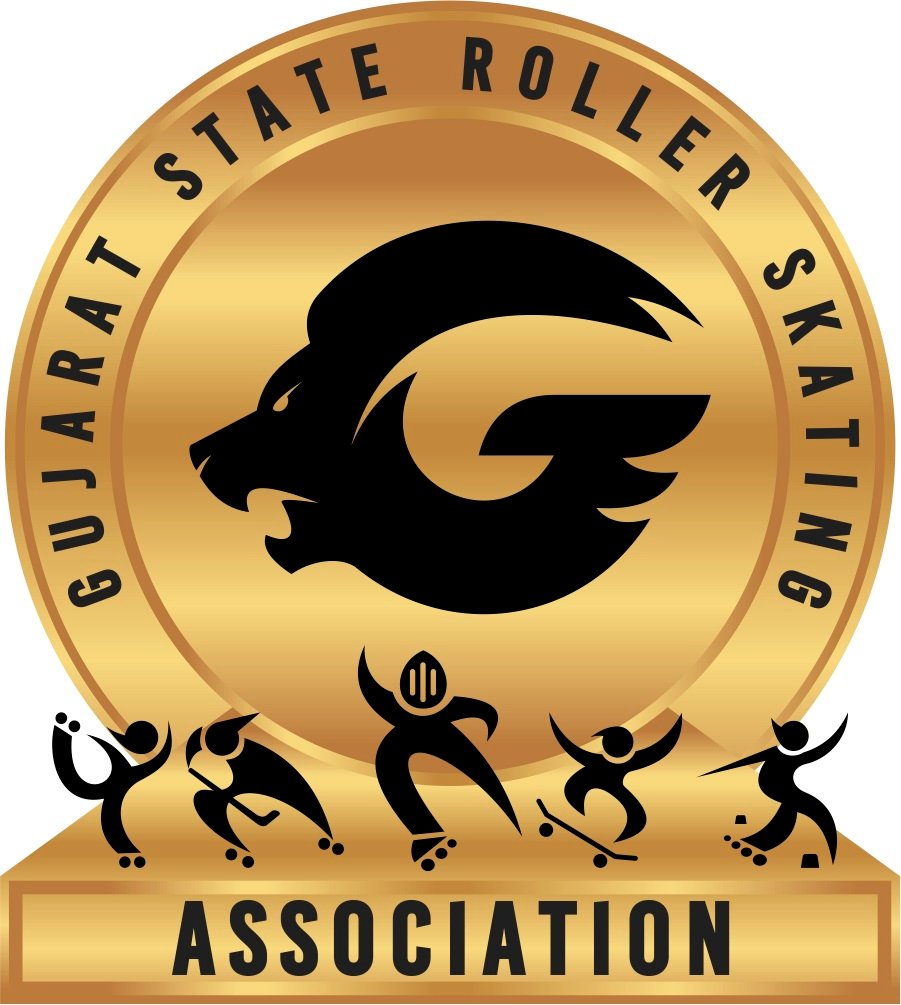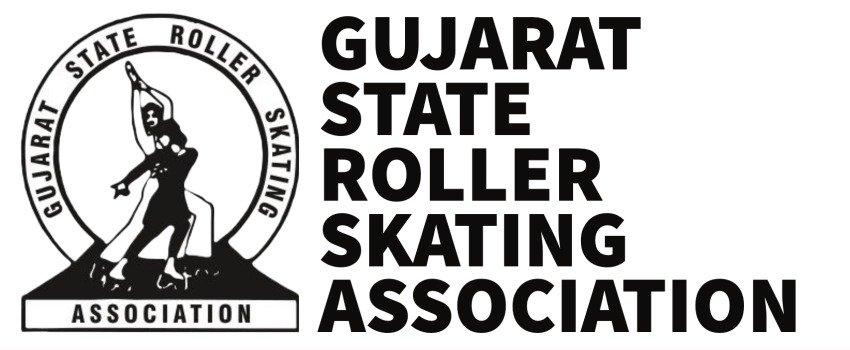Evolution Of Artistic Roller Skating
Evolution Of Artistic Roller Skating
Artistic roller skating, also known as figure roller skating, is a sport that has been enjoyed by millions of people all over the world for over a century. This graceful and athletic sport involves performing a variety of spins, jumps, and dance moves on roller skates, and has evolved significantly since its inception. In this blog post, we will explore the history and evolution of artistic roller skating, from its early origins to the modern-day sport.
Roller skating was first invented in the late 18th century as a form of transportation, but it wasn’t until the mid-19th century that roller skating became a recreational activity. The first roller skating rinks were established in the United States in the 1860s, and the popularity of roller skating quickly spread around the world.
Artistic roller skating emerged in the early 20th century as a variation of figure skating on ice. The first world championships for artistic roller skating were held in 1937, and the sport quickly gained popularity among roller skating enthusiasts.
Artistic roller skating has evolved significantly since its early days, with the introduction of new moves, techniques, and equipment. In the early years, skaters performed on quad skates, but in the 1990s, inline skates were introduced, which allowed skaters to perform more complex moves and jumps.
One of the most significant developments in the sport was the introduction of the dance category in the 1950s. This category allowed skaters to perform intricate choreography to music, incorporating a range of dance styles such as tango, foxtrot, and waltz. The dance category became an essential part of artistic roller skating and continues to be a popular category in competitions today.
Another important development in the sport was the introduction of the freestyle category in the 1970s. This category allowed skaters to perform a range of jumps and spins, as well as complex footwork and artistic elements, without any prescribed patterns or movements. This category opened up new opportunities for skaters to showcase their creativity and individual style.
Today, artistic roller skating includes a variety of categories, including figures, dance, freestyle, and pairs. Skaters are judged on their technical ability, creativity, and artistic expression, and competitions are held at both national and international levels.
Throughout the history of artistic roller skating, there have been many notable skaters who have made significant contributions to the sport. In the early days of the sport, skaters such as James and Mary Rix and Opal and Harry Whitaker were pioneers of the discipline and helped to establish artistic roller skating as a legitimate sport.
In more recent times, skaters such as Tanja Romano, Luca Luca Roni, Debora Sbei, and Giselle Solere among many others have helped popularise the sport not only in their respective countries but globally.
Artistic roller skating is a sport that has a rich history and a vibrant present. It has evolved significantly over the years, with the introduction of new moves, categories, and equipment. Despite the changes, the fundamental essence of the sport remains the same – the joy of movement, the beauty of artistic expression, and the thrill of competition. Artistic roller skating is a truly unique and beautiful sport and one that continues to inspire and captivate people all over the world.
By Khushi Patel (National and Asian Medallist)


